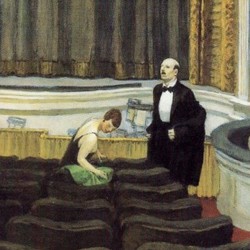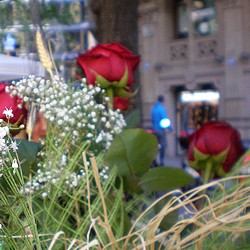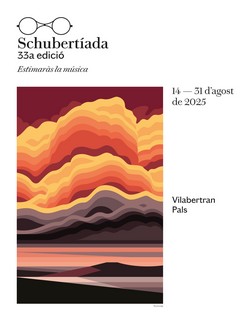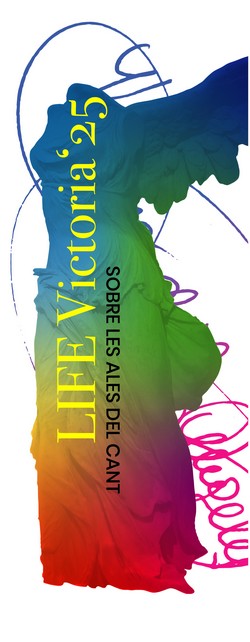- Details

For the past few weeks, many discussions have been held on social media about the cultural sector, so severely affected by lockdown measures for protecting us against the Covid-19 infection. I would say that the scope of the problem is better understood when talking of the book sector, maybe because it's “easier” (don't miss the inverted commas) to focus on the four agents concerned: authors, publishers, distributors and bookshops. However, it looks as if many users involved in those discussions are not able to see the scope of the problem when talking about [...]
- Details

In Catalonia, St. George's Day is a day for kissing and hugging, for expressing sincere joy, for caressing and strolling through the crowd. There is nothing more alien to St George's Day than keeping social distance and wearing sanitary gloves and masks. Still, this year the streets will be empty and quiet. In fact, the best-case scenario is that we'll order our books online and will pick them up in our bookshop someday, and for the first time in many years there will be no roses in our vases. At least, we can have some virtual roses, so one more year I'd like to you have my musical rose.
- Details

[...] And if Ruhe, meine Seele, is an atypical poem for Strauss, so is the music. Think of Strauss' lieder: catching, broad melodies, often with operatic reminiscences. Quite the opposite of what we find in this song: a tune that slips when we try to get it, some declaimed verses which have something of hypnotic. The first verses of the poem tell us about the reigning calm, “Not a breeze is stirring lightly", and this calm is reflected by the voice and the sober accompaniment, agitated only when the poem speaks about [...]
- Details

On May 7, 1896, the day he turned sixty-three, Brahms said to the friends that join him to celebrate his birthday that he had given himself something. And he showed them the scores he had just finished, saying: "But this gift is only for me, when you read the texts you will understand why." The next day he changed his mind and told his publisher, Fritz Simrock, that he wanted to publish those little songs (liederchen, he said) and dedicate them to Max Klinger, the artist who had published a book with illustrations inspired in [...]
- Details

On September 3, 1827, Schubert travelled to Graz invited by the Pachlers, a couple very fond of music. He, Karl, was a driving force behind the operatic life in their town; she, Marie, was an excellent pianist, admired by Beethoven. Artists and intellectuals used to gather in their home and many soirées were held during those three weeks Schubert spent with them. He even had time left to compose between parties, above all dance music which was played before the ink was dry, and also some Lieder with poems suggested by the hostess. In fact, that visit to Graz was [...]














